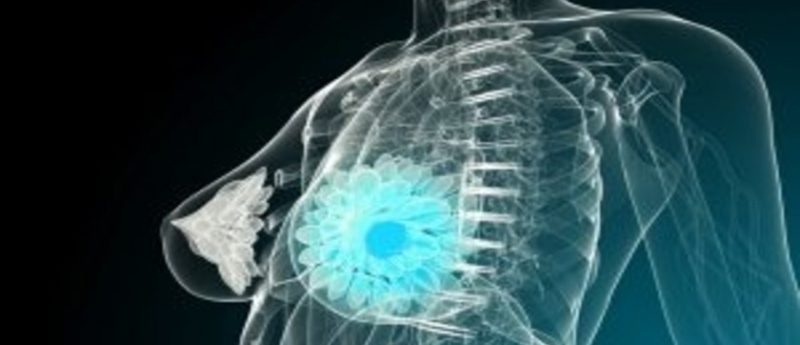Study shows potential link between concentration of fine air particle pollution and breast density

A recent study published in Breast Cancer Research, conducted in 279,967 women in the USA, has discovered that a women’s chance of having dense breasts could potentially be increased by living in areas with high air pollution. Dense breasts is a well-known risk factor for breast cancer.
The mean age of the women in the study was 57 years and most of the women were post-menopausal. Authors assessed breast density utilizing the American College of Radiology’s Breast Imaging-Reporting and Data System four-category breast density classification. In multivariate regression analysis investigators reported that for every one unit increase in fine particle concentration (particulate matter <2.5 μm in diameter [PM2.5]) a women’s chance of having dense breasts was increased by 4%.
Furthermore, ‘women with fatty breasts were less likely to have been exposed to higher levels of PM2.5’ and a ‘one-unit increase in PM2.5 concentration was associated with … 2% lower chance of having fatty breasts vs scattered fibroglandular breasts.’
Regarding the findings Lusine Yaghjyan (University of Florida, Gainesville, FL, USA) explained: “Our findings suggest that previously reported geographic variation in breast density could, in part, be explained by different air pollution patterns in urban and rural areas. Breast density is a well-established and strong breast cancer risk factor so future studies are warranted to determine if the observed associations are causal, which if confirmed may have implications for risk prevention.”
When examining the link between exposure to ozone (O3) and breast density, the study demonstrated that every one unit increase in O3 concentration was associated with a ‘3% lower chance of having extremely dense breasts and a 2% higher chance of having fatty breasts vs scattered fibroglandular breasts’.
Authors of the study explain that although mammographic breast density is a well-known risk factor for breast cancer, and previous studies show the possibility of breast density differences in women living in urban and rural areas, there is currently poor understanding of how the environment contributes to geographic variation in breast density in urban and rural areas.
Yaghjyan concludes: “We found a positive association between fine particle concentration exposure and breast density but an inverse association between ozone exposure and breast density. This is an intriguing result that warrants further investigation to unpick any possible biological mechanism that might cause ozone exposure to reduce a woman’s chance of having dense breasts.”
Sources
Yaghjyan L, Arao R, Brokamp C et al. Association between air pollution and mammographic breast density in the Breast Cancer Surveilance Consortium. Breast Cancer Res. 19(1), 36 doi: 10.1186/s13058-017-0828-3 (2017); EurekAlert! https://www.eurekalert.org/pub_releases/2017-04/bc-lia040317.php



